In my last blog post, I let you discover Prague Castle and surrounding areas. Today, I will take you on tour from Charles bridge towards Old Town square. Let’s stop at the statue of Bedrich Smetana first and continue our walk towards Clementinum. The most beautiful library you have ever seen. The next stop will be Jewish quoters, which is a significant part of Czech history. The end of our day will be at The Powder Tower, which is just outside of Old Town square.
In this blog post I will cover these important places:
Let’s get comfy shoes, and start our day…
I took you to a Lesser Town and Prague Castle in my previous blog post. It is a beautiful trip which takes a whole day. If you missed my post, read more here. We ended our day at Charles bridge. I hope you enjoyed the beautiful walk through Prague Castle and explored all the beautiful buildings. There are so many areas to see – Who knew?
Today we will continue walking from a Charles bridge towards Old town square. There is so much to see and visit, and one day is not enough to see it all, but I will pick the most important in Czech History. Let’s start at the banks of the river and visit a Bedrich Smetana statue.
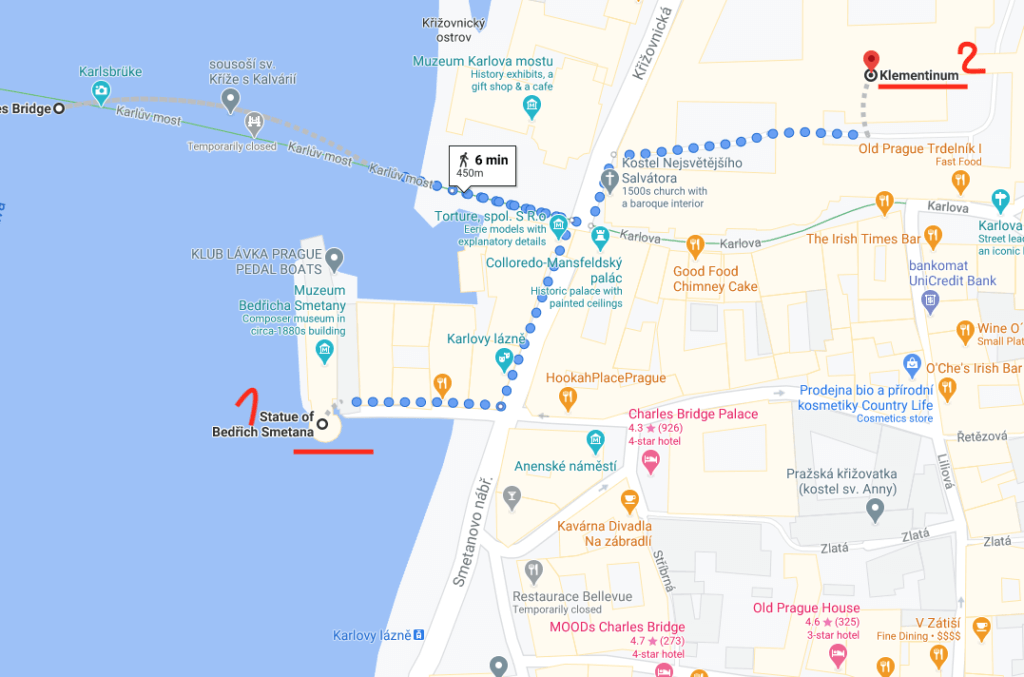
1 – Who is Bedrich Smetana?

Naturally gifted as a composer, gave his first public performance at the age of 6.
Bedrich Smetana (2 March 1824 – 12 May 1884) is the father of Czech music. Internationally he is best known for his opera The Bartered Bride and for the symphonic cycle Má vlast (“My Fatherland”). It contains the famous symphonic poem “Vltava”, also popularly known by its German name “Die Moldau” (in English, “The Moldau”).
His contributions to Czech music were increasingly recognized and honored, but a mental collapse early in 1884 led to his incarceration in an asylum and subsequent death. By the end of 1874, Smetana had become completely deaf but, freed from his theatre duties and the related controversies, he began a period of sustained composition that continued for almost the rest of his life. A relatively few of Smetana’s works are in the international repertory, and most foreign commentators tend to regard Antonín Dvořák as a more significant Czech composer.
While you are by the statue, enjoy the beautiful view of Prague Castle and Charles Bridge. Grab a coffee and enjoy a nice morning.
2 – Clementinum
Clementinum’s (Klementinum – in Czech) history dates from the existence of a chapel dedicated to Saint Clement in the 11th century. In 1622 the Jesuits transferred the library of Charles University to the Klementinum, and the college was merged with the University in 1654. Klementinum was established as an observatory, library, and university by the Empress Maria Theresa of Austria. Read more about Klementinum here.
The Baroque library hall inside Clementinum is known for its beautiful interior, including ceiling artwork by Jan Hiebl.
You can schedule a 50-minute tour, which is always guided. They do offer an English version. For more information on tickets and history, read: here.
Jewish quarters:
From Clementinum is a short walk to Jewish quarters. It is a “must-see” area. You can enjoy walking through small streets and taste some great food – with tourists prices, as everything downtown is more expensive than in normal parts of Prague. Even with tourists prices, it is still very cheap in today’s dollar value. I love playing tourists with my kids, walking around downtown, snacking on ice cream, and drinking nice late. You can see how walkable these streets are. Everywhere you look, will be something interesting. Unfortunately, except the homeless sitting on every corner, but that comes with the territory of tourists and the smell of easy cash to make.

3 – Maisel Synagogue
Maisel Synagogue is one of the historical monuments of the former Prague Jewish quarter. It was built at the end of the 16th century which is considered to be the golden age of the ghetto.
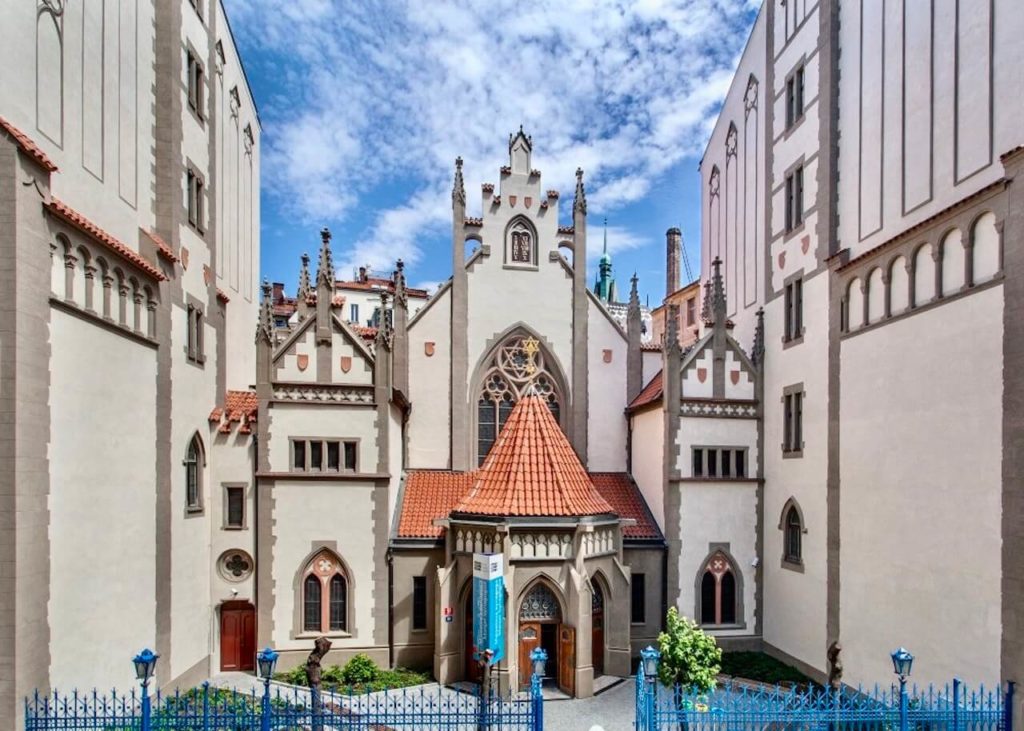
4 – Old Jewish Cemetery
The Jewish cemetery was probably functional from the 13thcentury until the year 1478. There are more than 12,000 tombstones, yet there are many more remains buried here. Many tombstones fell in the lower layers. Because the religious habit prohibits the Jews from abolishing old funerals, and the land plot was too small to meet the needs. More and more layers of new soil was brought to the cemetery, and older tombstones used to be elevated to a higher level until there were up to 12 layers and many places are characteristic for piles of stone tombstones from different centuries right next to each other. Read more here.
5 – Old-New Synagogue
Old-New Synagogue was completed in 1270 in a gothic style. This Synagogue was one of Prague’s first gothic buildings. The synagogue was originally called the New or Great Synagogue.
According to legend: Angels have brought stones from the Temple in Jerusalem to build the Synagogue in Prague —”on condition” that they are to be returned to Jerusalem to rebuild the Temple if stones are needed. Read more here.
6 – “Parizska Ulice”
Right by Jewish quarters, there is Parizska street. If you like “posh” shopping, it is the perfect place for you. Parizska Street is a street with several luxury brands; it is similar to Via Condotti in Rome, Mayfair in London, Champs Elysees in Paris.
But you don’t have to be rich to enjoy spending some time here. Most people just strolling around, window shopping only. This tree-lined boulevard has so much beautiful architecture that makes it worthwhile coming here for just that—one of the prettiest streets in Prague.
Take a last look at the river, Charles Bridge and Prague Castle, before we will enter Old Town.
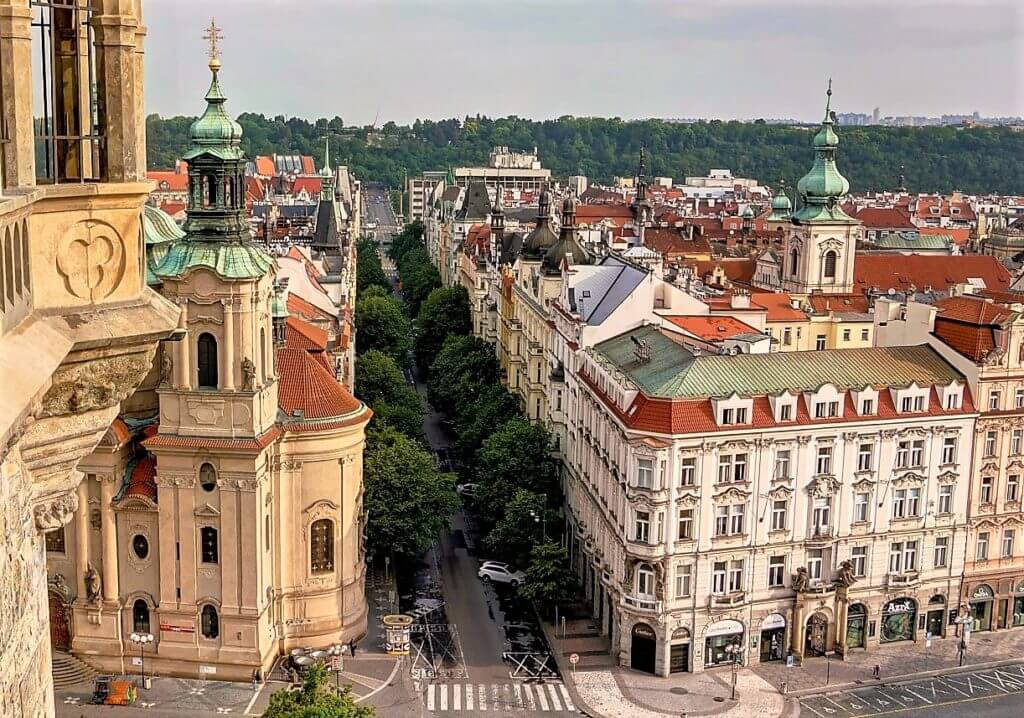
From Parizska to Old Town
It is a quick walk towards Old Town Square. Czech people call this square “Staromak” for a shorter name.
The square features buildings belonging to various architectural styles, including the Gothic Church of Our Lady before Týn, which has been the main church of this part of the city since the 14th century. Its characteristic towers are 80 m high. The Baroque St. Nicholas Church is another church located in the square.
Medieval astronomical clock – Prague Orloj mounted on the Old Town Hall. The clock was first installed in 1410, making it the third-oldest astronomical clock in the world and the oldest one still in operation. The tower of the Old Town Hall is open to the public and offers panoramic views of the Old Town.
An art museum of the Czech National Gallery is located in the Kinský Palace.
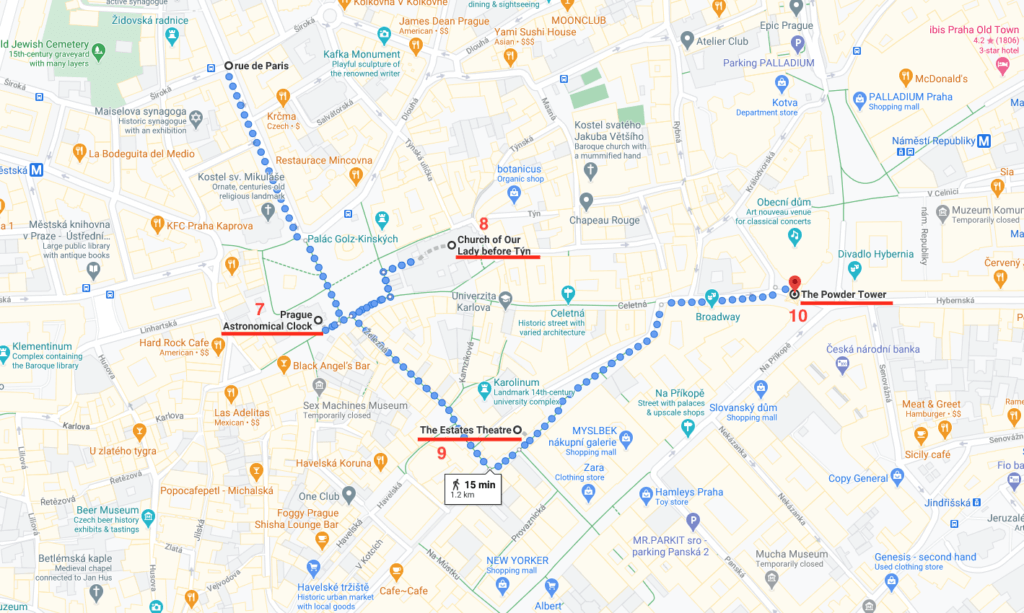
7 – Astronomical Clock – “Orloj”
The clock mechanism has three main components — the astronomical dial, representing the position of the Sun and Moon in the sky and displaying various astronomical details. Statues of various Catholic saints stand on either side of the clock. “The Walk of the Apostles,” an hourly show of moving Apostle figures and other sculptures, notably a figure of a skeleton that represents Death, striking the time. A calendar dial with medallions representing the months. More details about “Orloj” are here.
Get ready for the crowds. If you are planning to come to see “Orloj,” come 10-15 minutes earlier. We just sat at one of the restaurants, in front of the clock, and had small lunch the last time we came. We rested for a bit and were energized for the rest of the day.
Check if you can book a tour to get into a tower. Sometimes is better to plan ahead of time and get tickets early, as the time slots book fast.
8 – Church of our lady before Tyn
The church of our Lady before the Tyn is one of the most known symbols of Prague’s Gothic style. This church has a long and eventful history. Two Gothic towers dominate the church and Old town square.
An interesting fact about the twin towers is that they are not at all identical if you take a closer look. One of them is a bit more solid, representing the stronger side of the family, the man.
The interior of the Church is one of the richest you can see in Prague. The main altar picture is a work of Karl Skreta, the most famous painter of his time. The altar picture represents the Rise to Heavens of the Virgin Mary.
9 – The Estates Theatre
The Estates Theather is Prague’s first standing public theatre.
On the 2nd February 1826, the first Czech opera Dráteník (Tinker) by František Škroup had its premiere here. In December 1828, famous violin virtuoso Paganini had six concerts in the theatre. On the 21st December 1834, the drama Fidlovačka by J. K. Tyl had its premiere here. Škroup’s song Kde domov můj (Where is my homeland) was sung for the first time, and become the national anthem later on. Read more here:
While you are enjoying The Estate Theater, look around. The only preserved marketplace in Old Town dating back to 1232. You can get yourself fresh fruits and vegetables on weekends. If you come during the week, you will find mainly tourist-oriented stuff instead of fruit and vegetables.
From here, you can go towards Venceslav square and walk to our final destination, which is The Powder tower. I will make another post about Wenceslas square and National Museum later. If you subscribe to my site, you will get notified when the post will be here.
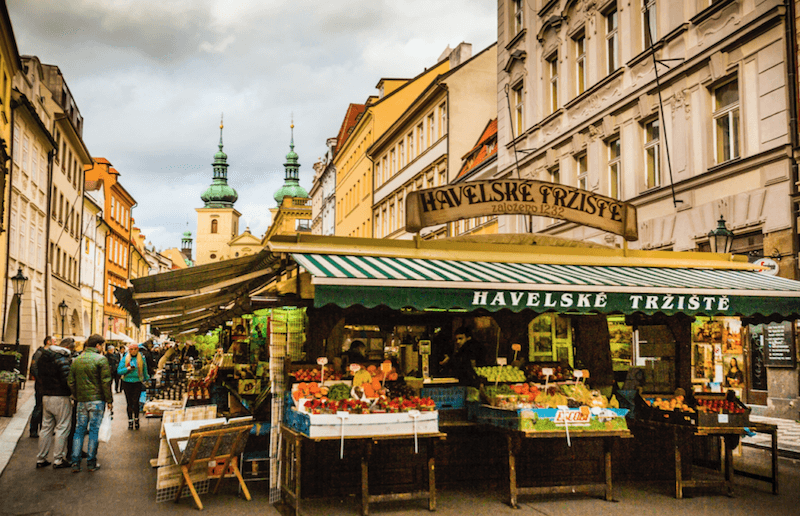
10 – The Powder Tower
The Powder Tower is one of the original 13 city gates in Old Town. Its construction began in 1475. The tower was an attractive entrance into the city and not used for defense. The work of Peter Parler on the Charles Bridge inspired the look of the Powder Tower.
The gate used to store gunpowder in the 17th century hence The name Powder Tower or Powder Gate.
Right next to the tower is the Municipal House (Obecní dům) and stands on the former Royal Court Palace site. The palace was abandoned and demolished in the 20th century, and the current building was built between 1905 and 1912.
Karel Špillar created the mosaic over the entrance. If you decide to go inside, make sure to see the Mayor’s Hall decorated with Alphonse Mucha’s painting. It is an imposing painting.
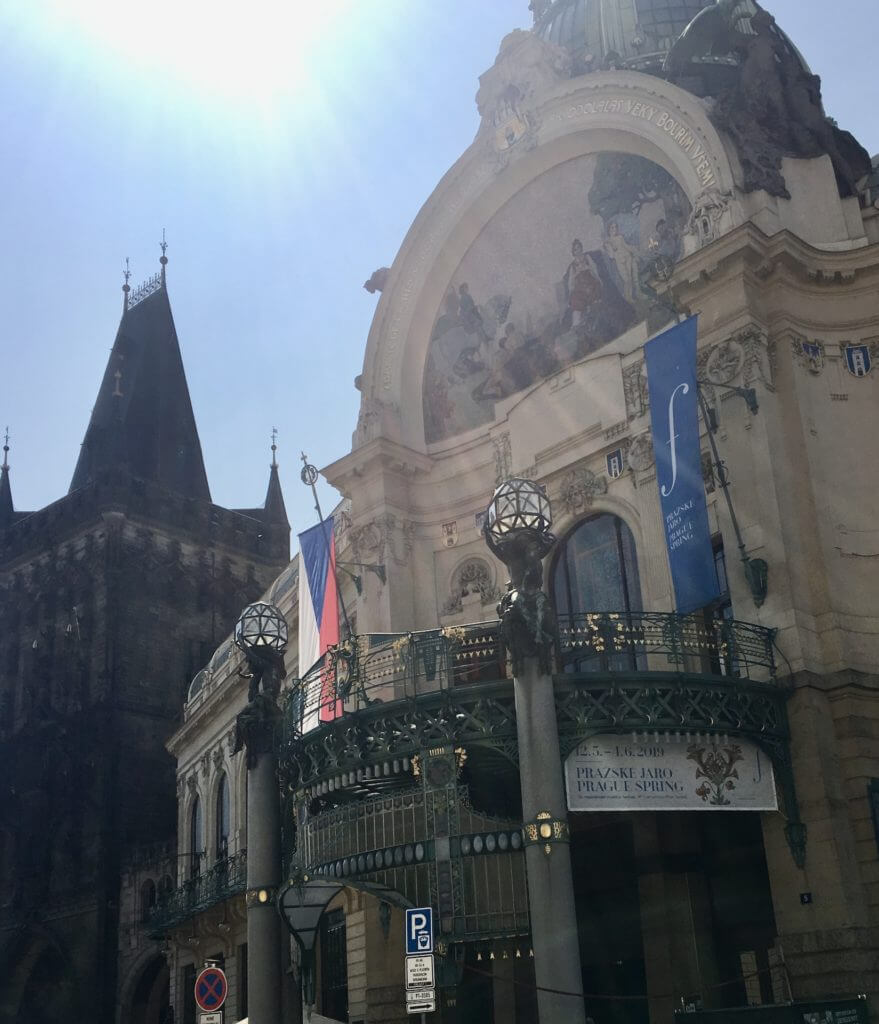
And That is all for today! I hope you enjoyed the beautiful walk from Charles Bridge towards Old town. My favorite place is a walk through the Jewish Cemetery. It is so peaceful if you catch a less crowded day. The whole Jewish quarter is magical and spiritual in my opinion.
If you are planing a trip or already visited Prague, please comment and let me know what is your favorite place.
Easy day trips in Czech Republic
Are you planing trip to Czech Republic? Are you a bit overwhelm what place to go visit and see? I know there is so much to see and not just in Prague! The whole country is full of beautiful Gems. Here are couple of my blog posts to help you plan some day trips.
- The perfect day trip – Prague – In this blog post, you can plan an entire day trip to visit Prague Castle and Lesser Town. I put places together that will help you stay in one area and not lose time by traveling from place to place.
- Adrspach Rocks – Rock city in the Czech Feeling like exploring Nature in the Czech Republic? Thousands of rock towers, magical nature, and views will take your breath away.
- Lovely day trip – Kutna Hora – Kutna Hora is a favorite place for tourists to visit. You should definitely put it on your bucket list.
There you have it! Prague is an incredible place to visit. It is my birth home, and I love to come back year after year. My daughter is now celiac, making it a bit more interesting to search for favorite treats and meals, as I don’t eat regular stuff when we are together. As you can see, it is not that difficult to find places to eat at all!
You will experience a different side of Prague as you will be looking for specialty stores and restaurants. Also, you will go to places where you probably would not go searching for the perfect bakery where you can get the most delicious dessert and still eat gluten-free treats safely. Then you will look around and see another beautiful street ready to explore…
Enjoy the city and whole country!!!!
Until next time…!
DOBROU CHUT!
© FROMCZECHTOUSA. All images & content are copyright protected. Please do not use my images without prior permission. If you want to republish this recipe, please link back to this post for the recipe.
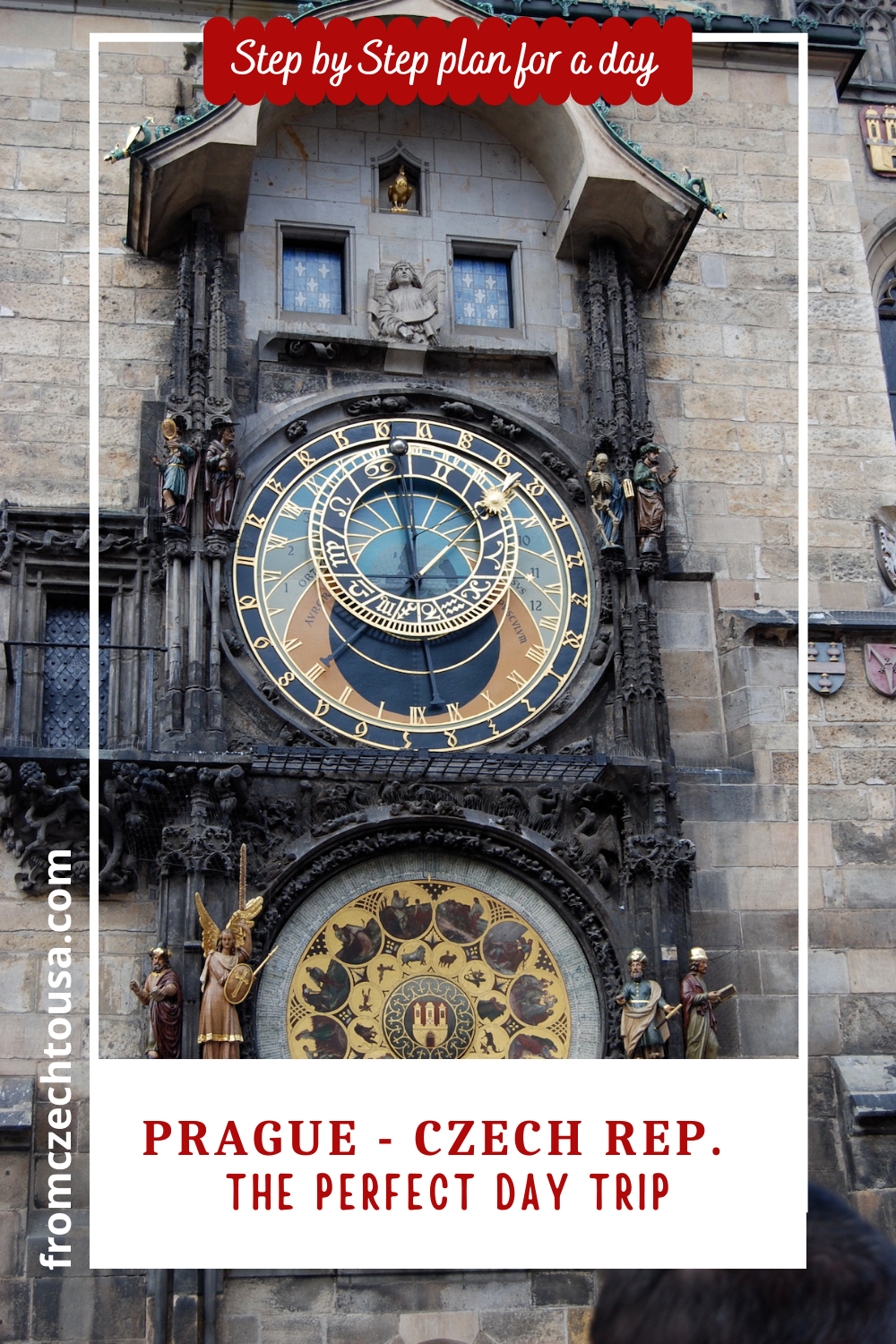

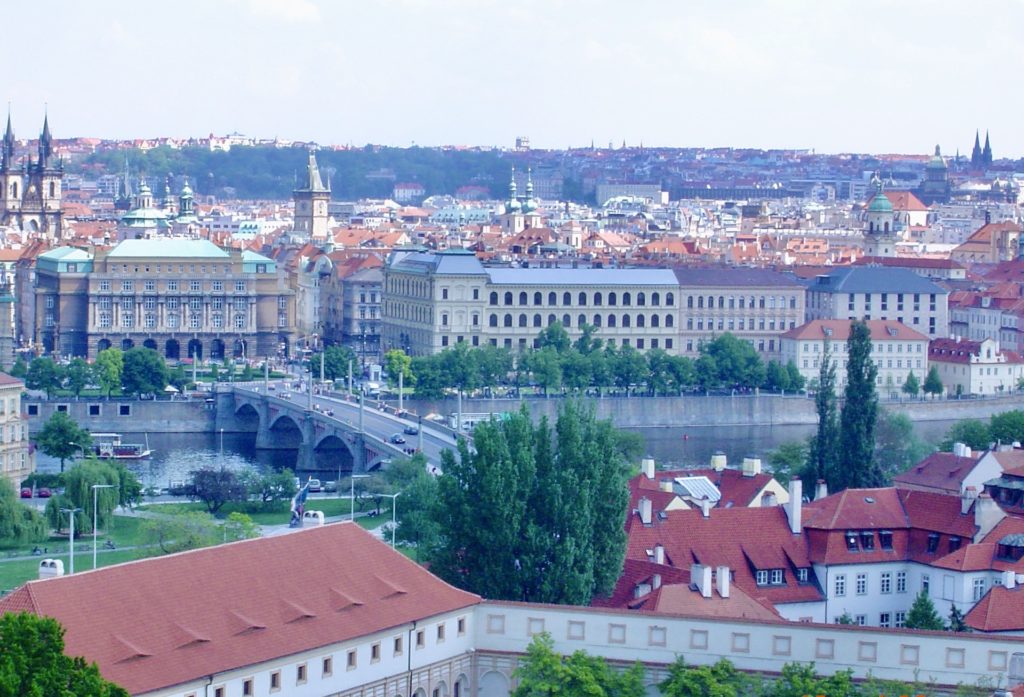
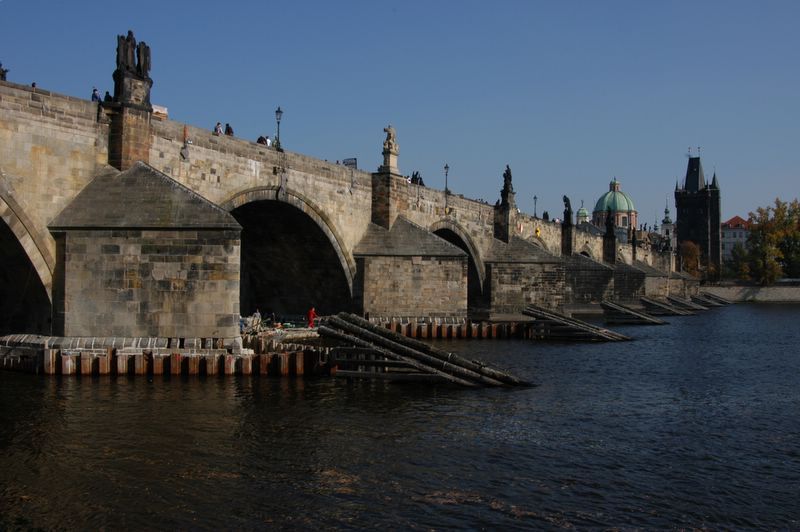
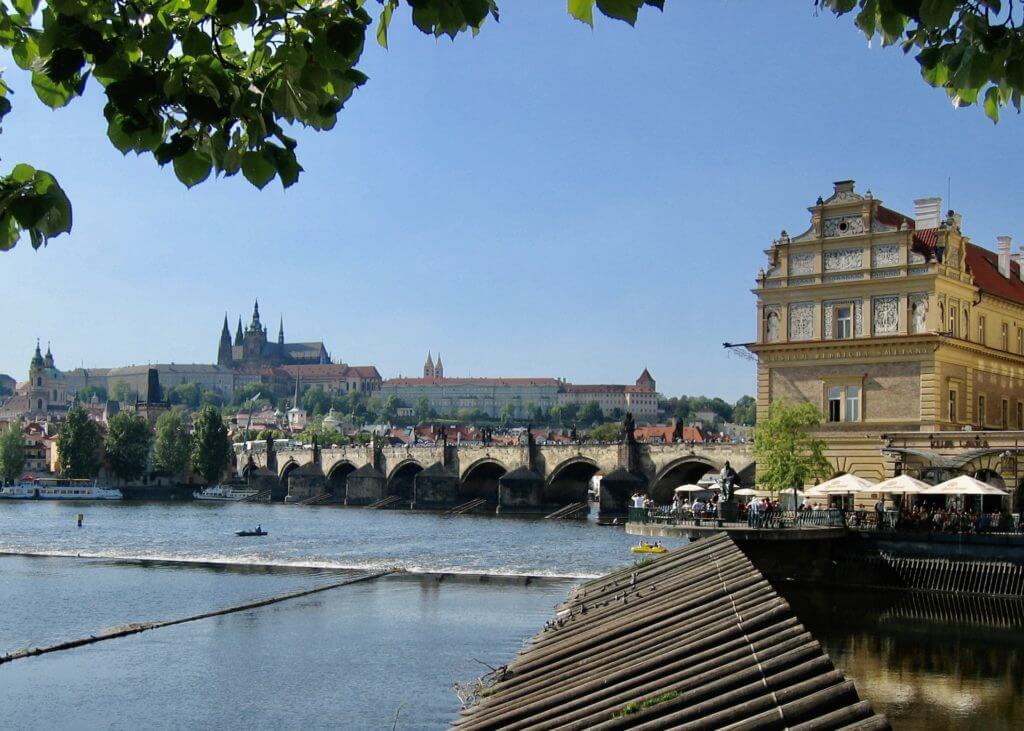

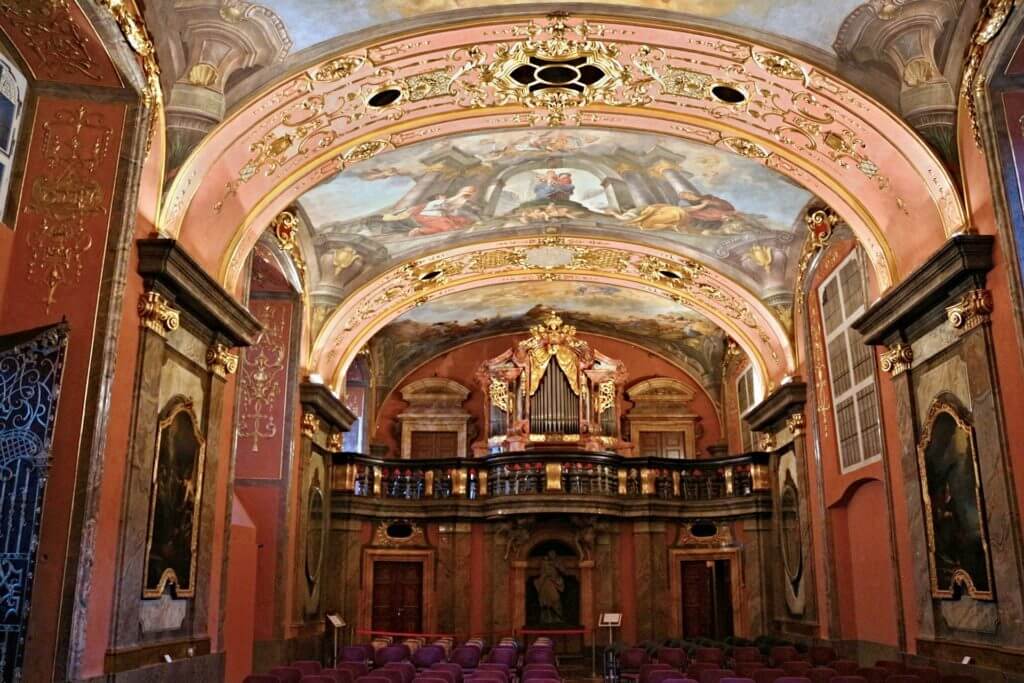
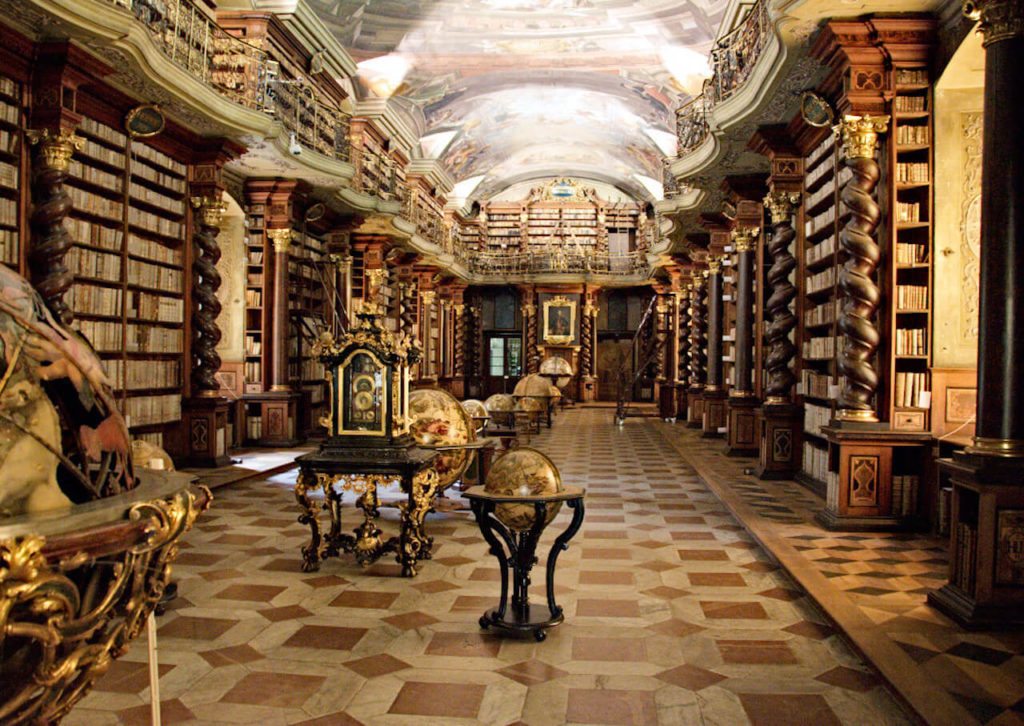
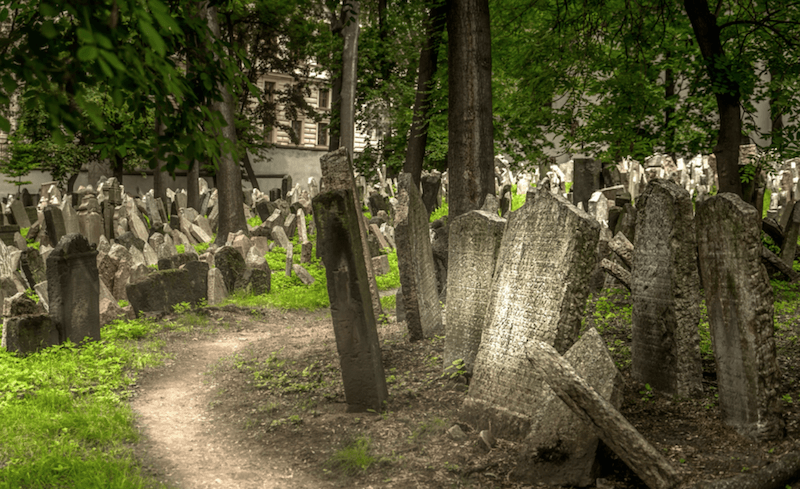



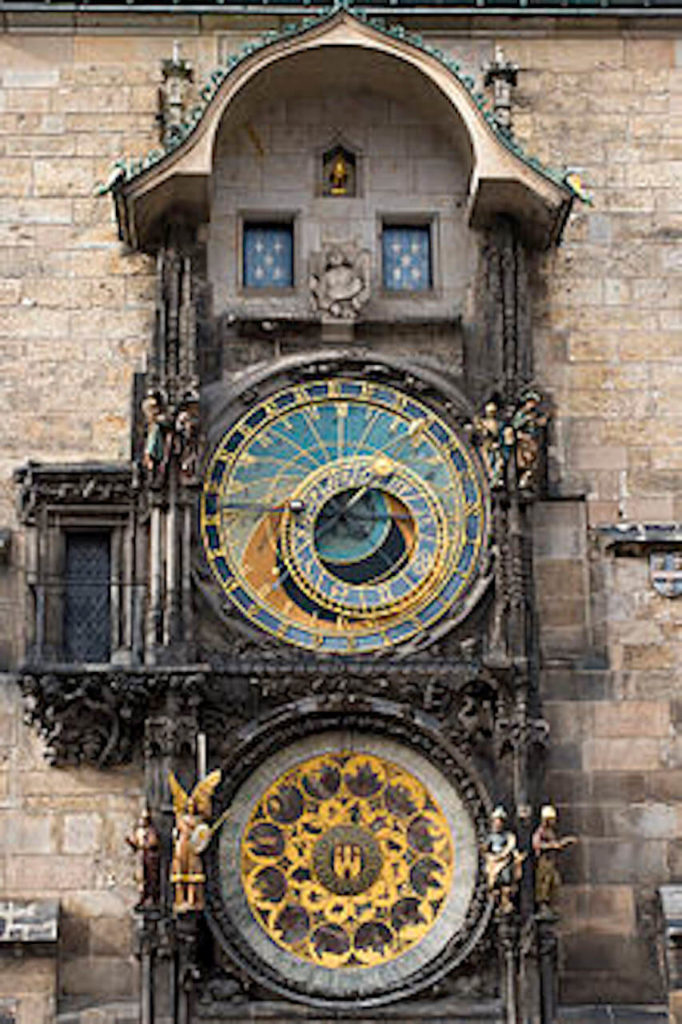
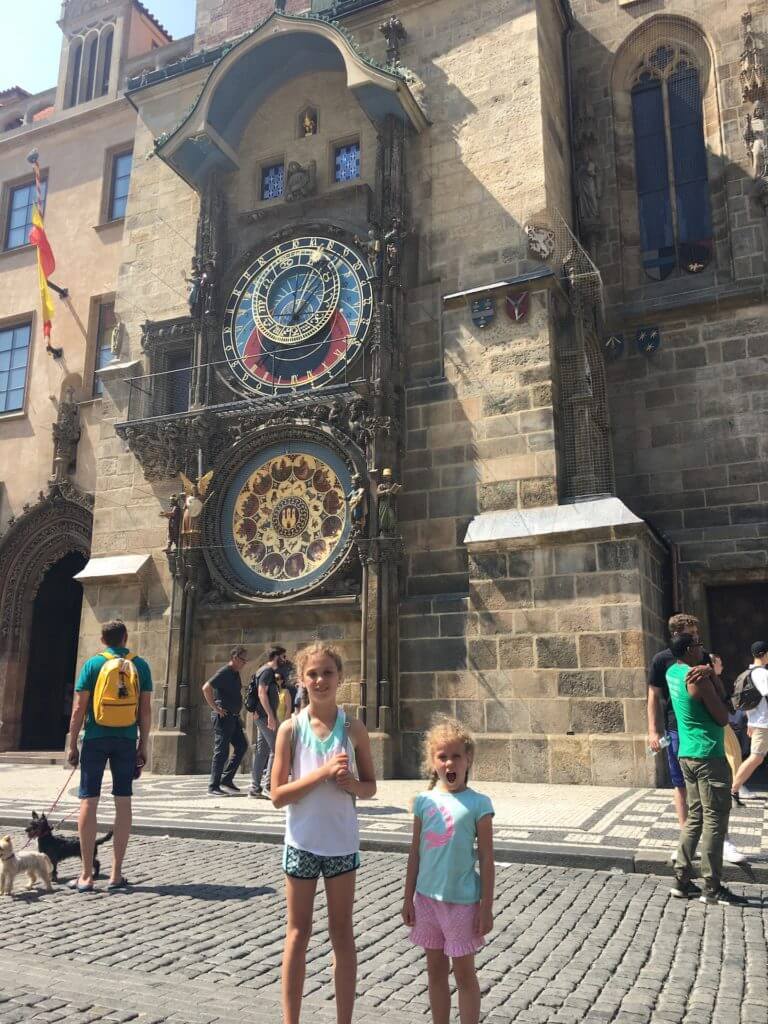

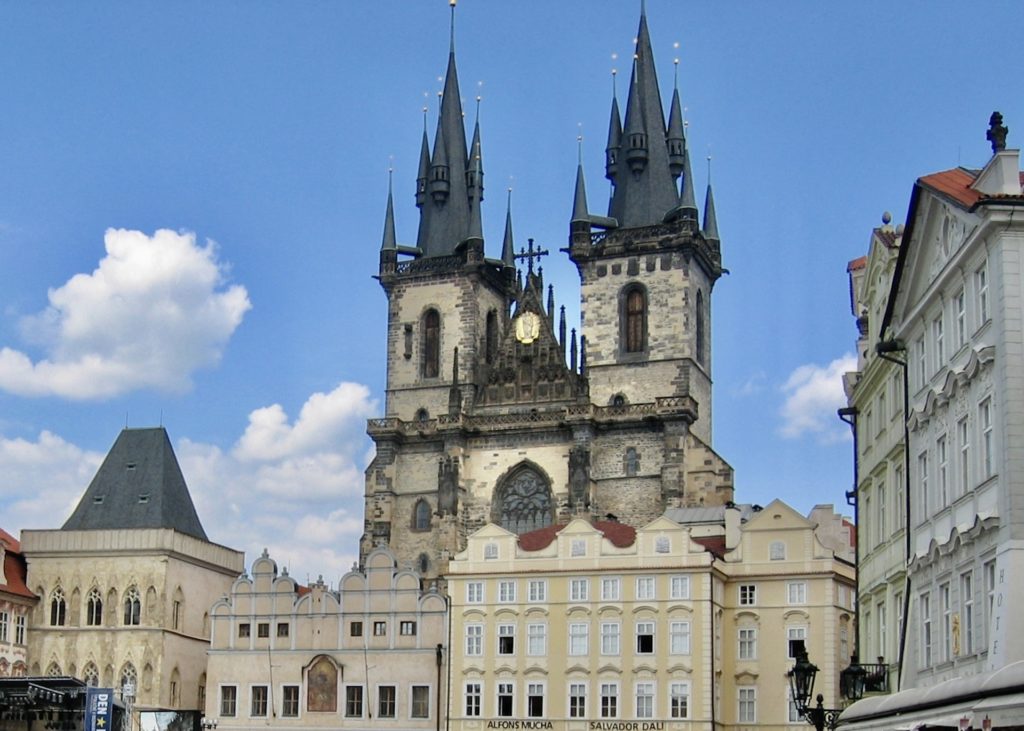
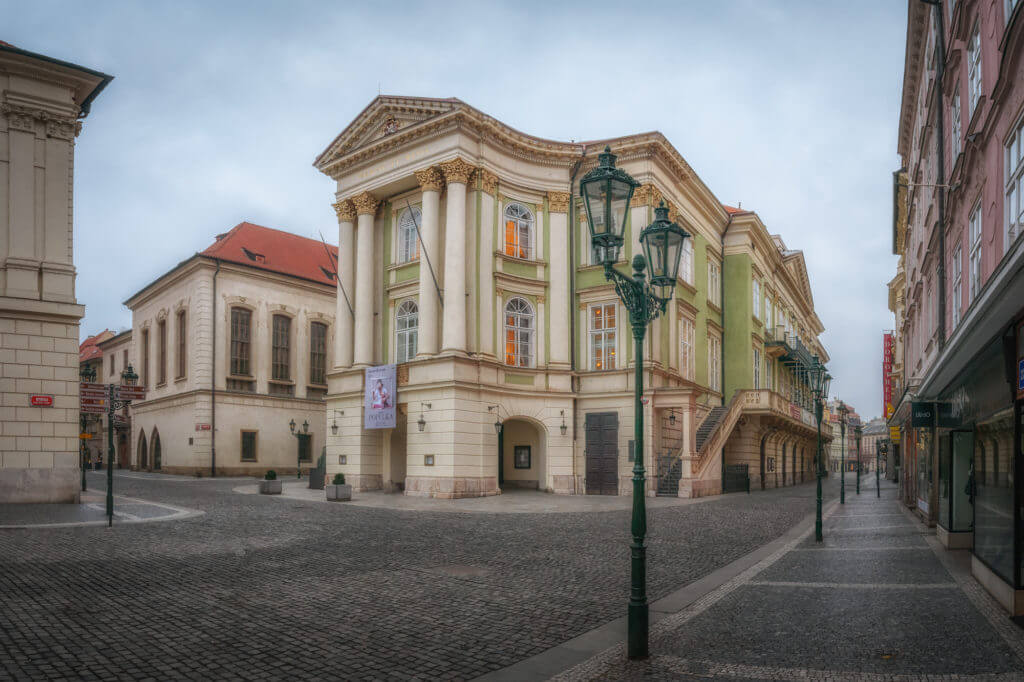

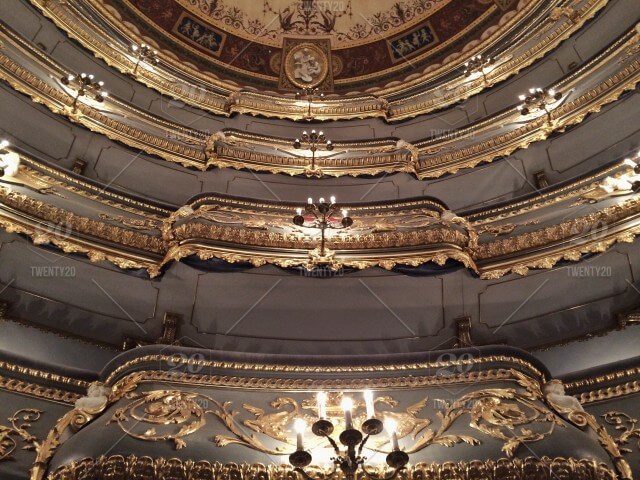
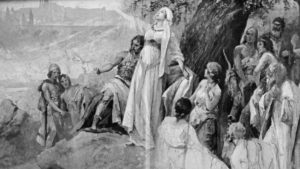
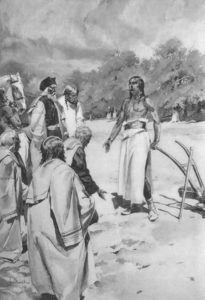
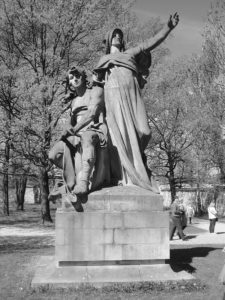
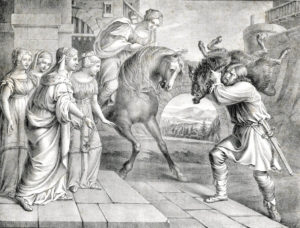
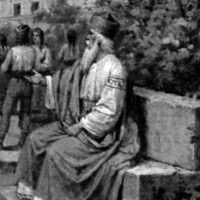
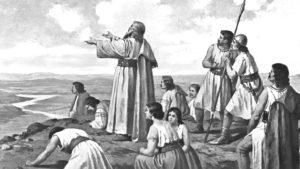
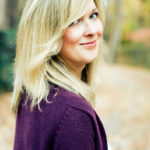
One Response
These two posts giving a tour of Prague were fantastic. It is such a beautiful city and historically important. It would be wonderful to go there again some time. Thanks for the guided tour!